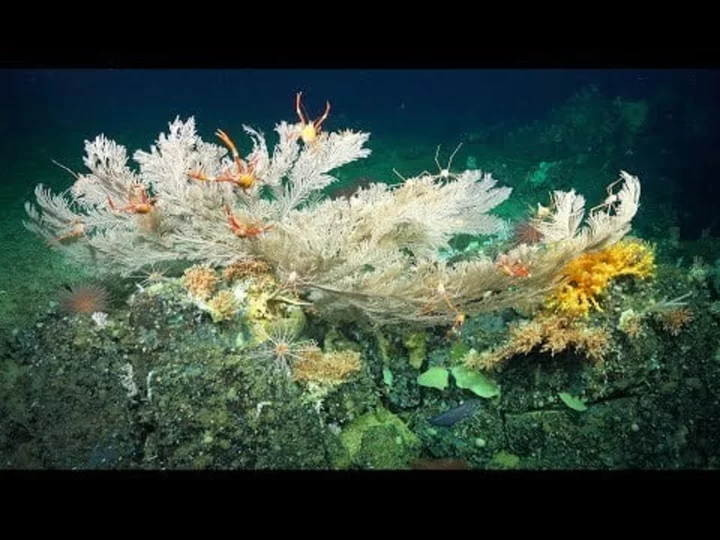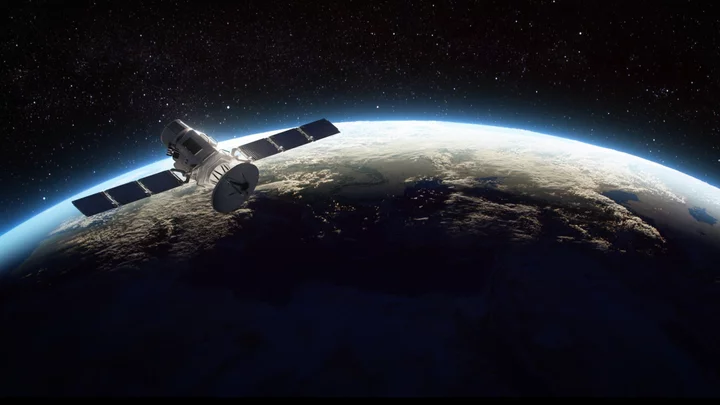The deep sea still holds many mysteries for humans, and that may be a good thing — at least for the growth and preservation of at-risk marine life.
Scientists have discovered two new deep-sea coral reefs located in the Galápagos Marine Reserve that have remained pristine and untouched by human explorers. These reefs are the second discovery in the region this year, following a similar one in April.
The scientists are on a 30-day ocean exploration using remotely controlled deepwater robots, with the team led by Stuart Banks, an oceanographer from the Charles Darwin Research Station on Santa Cruz Island in the Galápagos.
The Schmidt Ocean Institute, a nonprofit operating the expedition's underwater robot SuBastian, explained in a press release that the cold water reefs are situated at depths ranging from 370 to 420 meters and measure 800 meters in length and 250 meters in length. For context: 800 meters is the equivalent of eight football fields. That amount of living coral in one area is a rare discovery, researchers say.
"They exhibit a rich diversity of stony coral species, suggesting that they have likely been forming and supporting marine biodiversity for thousands of years," the institute wrote.
SEE ALSO: Weird stuff happens when animals reproduce in spaceDubbed Cacho De Coral, the area's dim light and cold waters — different from the more shallow, warm water reefs many might be familiar with — may explain why the reefs are in such great condition, as global temperatures continue to rise.
The discovery and mapping of these reefs "is not only valuable from a scientific perspective," said Danny Rueda Córdova, director of the Galápagos National Park Directorate, in a press release. "It also provides a solid foundation for decision-making that effectively protects these ecosystems, safeguarding the biological diversity they harbor and ensuring their resilience in a constantly changing environment.
"The geological dynamics of the region play a fundamental role in the deep-sea ecosystems. Research and mapping are essential tools to ensure that the Galápagos continue to be an iconic example of the beauty and importance of nature," Córdova said.
Credit: Schmidt Ocean Institute Credit: Schmidt Ocean Institute Credit: Schmidt Ocean InstituteThe exploration is also testing innovative technology that could make underwater mapping more robust and reliable, the Schmidt Ocean Institute explains. The team deployed new laser scanning technology that creates extremely high-resolution maps of reefs, including the ability to identify animals living on the sea floor, which is not possible with most underwater mapping technology. The team uncovered and mapped two uncharted seamounts, previously only surmised to exist using satellite data.
"It’s like coming into your house and realizing that you’ve got a basement that you never knew was there,” Banks said to Science News. “And it’s full of really cool stuff."









